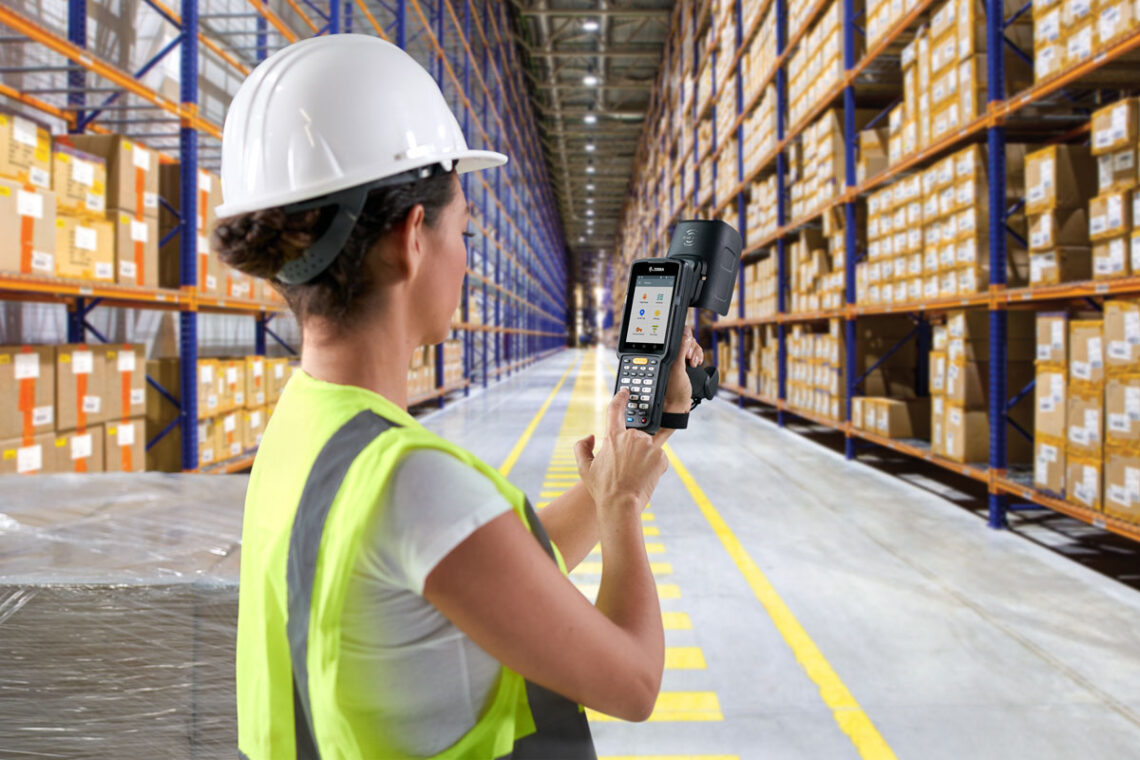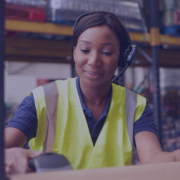RFID growth has been quite strong over the past few years, especially in the apparel sector.
Outside of apparel, the 4 most common use cases for RFID that we see are:
Asset inventory
Putting an RFID tag on high-value assets, rather than just a barcode, adds very little expense upfront, but it can dramatically reduce the time required to take inventory later. Because you tend to only need a few handheld readers for that inventory, the upfront cost is low, making the ROI on this sort of project very attractive.
Consumable inventory
Think things like prescription drugs in an ambulance, or chemicals in a research facility. Then inventories are being taken daily, weekly, or monthly, counting via RFID or barcode is an obvious win, rather than (perish the thought) pencil and paper.
Production reporting
It is shockingly common within our customer base that manufacturing reports that they produced X pallets, but the warehouse can only account for X – 5. Where did they go? We’ll probably never know. With RFID, this is an easy problem to solve. When manufacturing labels the pallet with an RFID tag rather than just a barcode, it is easy to read and track when it passes through the door to the warehouse without any human action required. This can completely eliminate the question of how many pallets actually got produced and stored. And, if you know the “right” answer, you can go figure out who did what wrong to make your other systems not agree.
Warehouse inventory “missing”
Similar to the case above, it is often the case that pallets are produced, stored, and then somehow, later, inexplicably “gone”. If the pallet already has an RFID tag on it from production, it is a simple matter to put a reader at the outbound dock to scan it as it goes through, again without any human action required. Not only will your inventory always be correct, but you’ll also be able to catch when things are going out the door that aren’t supposed to be.
There are many uses for RFID in the warehouse. If you can have any more questions on how to apply the most intelligent locationing technology into your operations, reach out to Dan McCabe to start optimizing your inventory management system.
















